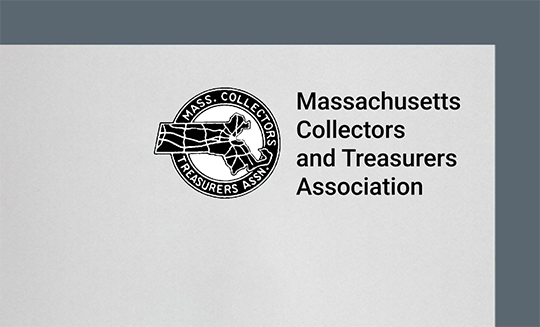Leadership and governance are critically important to your association’s future.
Read on for key ideas to help your association’s board succeed.
By Michelle Schweitz, Marketing Manager, Community Brands
With many associations gearing up for board elections, it got me thinking about leadership and governance in associations. One of the challenges that many board members face is not fully understanding their role and how best to accomplish their responsibilities.
According to Leading with Intent, a report from BoardSource, boards generally do well with more fundamental board responsibilities – including understanding the organization’s mission and providing financial oversight. But, they struggle with other responsibilities, including advocacy, community-building, outreach, and fundraising.
Whether you’re an association board chair or board member looking to be more effective in your role, or an association executive looking to work more effectively with your board, it’s important to have a clear understanding of the board’s role. It’s also vital to have tools in place to help the board do its job efficiently.
With these ideas in mind, here are three approaches to help ensure your association board’s success:
1. Understand the role of the board.
The board has multiple responsibilities, and specific expectations might vary from one association to the other. Typically, though, the board’s role includes:
- Governing the organization – The board is the governing body responsible for policy making and setting the direction of the organization. This responsibility is different from the day-to-day management of the organization, which typically falls to staff members.As the governing body, the board provides fiduciary oversight. This responsibility mean that the board holds a fiduciary duty of care (meaning that the board must act toward others in a way that a reasonable person in the circumstances would act), duty of loyalty (meaning that the board must put the interests of the organization above their own), and duty of obedience (meaning that the board must make sure that the organization is abiding by applicable laws and regulations).
- Identifying potential opportunities and threats for the organization.
- Developing resources – This includes serving as advocates for the organization and identifying and securing financial resources and partnerships necessary to advance the organization’s mission.
2. Know what skills are needed.
To be successful, board members should bring certain capabilities to the table. Here are some highly valuable skills for board members:
- Strategic thinking – Board members should be able to stay focused on the big picture, keeping in mind the organization’s future, thinking critically, asking questions, and challenging any ideas that might need further research and validation.
- Decision making – The board’s role requires board members to be able to identify issues, reason through the strengths and weaknesses of potential solutions to problems, and recommend actions.
- Communications – Board members should be able to effectively communicate with other board members as well as association members and staff. It can also be helpful if they can speak comfortably and clearly in front of groups.
- Collaboration – Board members should be able to interact effectively with other board members in a group setting – whether in-person or virtually. They should actively contribute to discussions as well as respect the contributions of other board members.
3. Use tools to work more efficiently.
Many board members have busy lives. They’re participating on the association board in addition to their everyday job. So, having online collaboration tools in place can help them perform their roles more efficiently (and successfully).For example, using the association’s online member community, the board can:
- Set up a group just for board members. This approach makes it easy and efficient for the board to connect with each other, share real-time updates, and make decisions.
- Share documents. The board can share documents of all kinds with each other in one convenient location. For example, they can store board meeting minutes in the online community, with privacy controls to allow access for only board members and association leadership.
- Share feedback. A great way to ensure the board has what it needs to work successfully is to ask for board member feedback. For example, the board chair can pay attention to what board members are discussing in the online community to better understand what board members need. The chair can also set up online surveys and polls and promote them in the board member group to gather board member feedback on specific topics.
- Learn about and interact with members. Board members can “listen” to what association members are discussing in the online community to become more familiar with member needs. They can even interact with members by doing things like welcoming new members and directing members to resource.
Additional resources:
If your association doesn’t have an online member community yet, no problem! Learn how to get started today: Read The Small Association’s Guide to Getting Started with an Online Community.
Learn how to gain board approval for your new technology, including membership management software that includes online member community functionality. Read the paper, Gaining Board Approval for New Membership Management Software.







